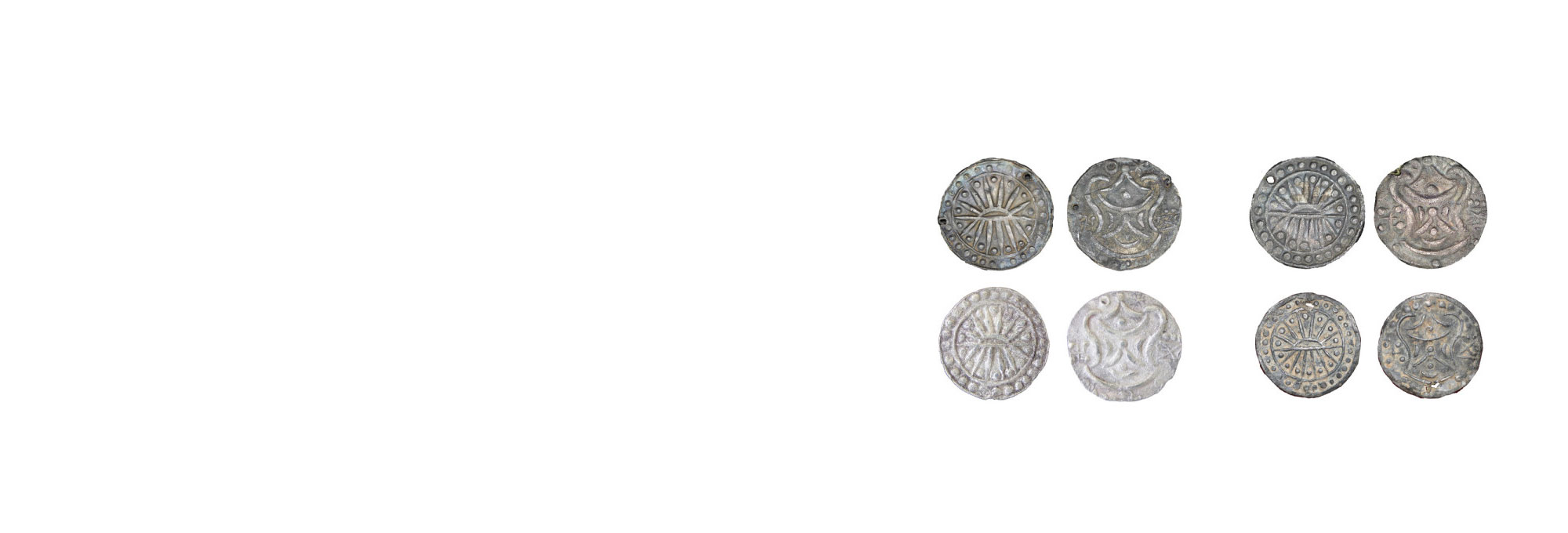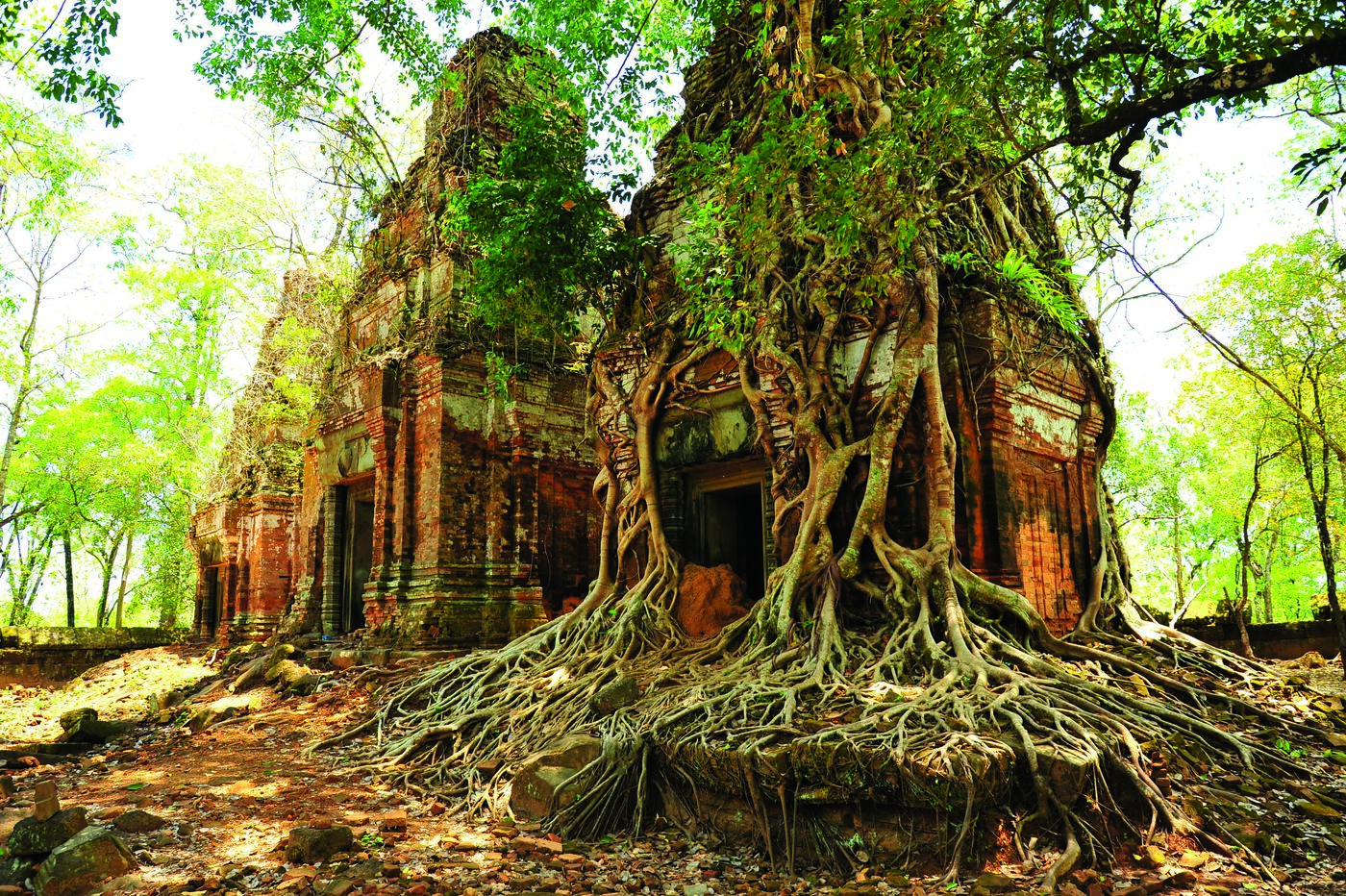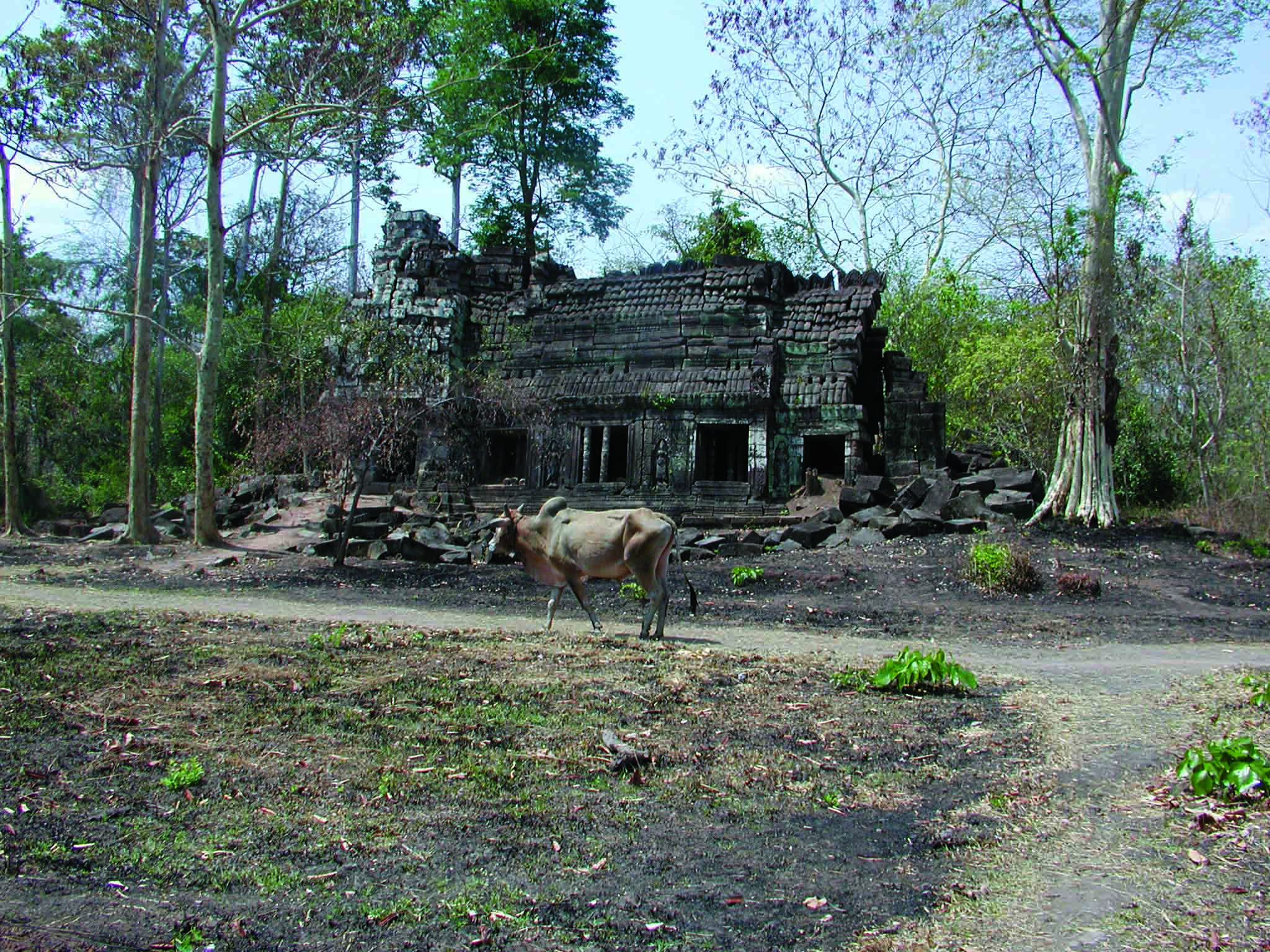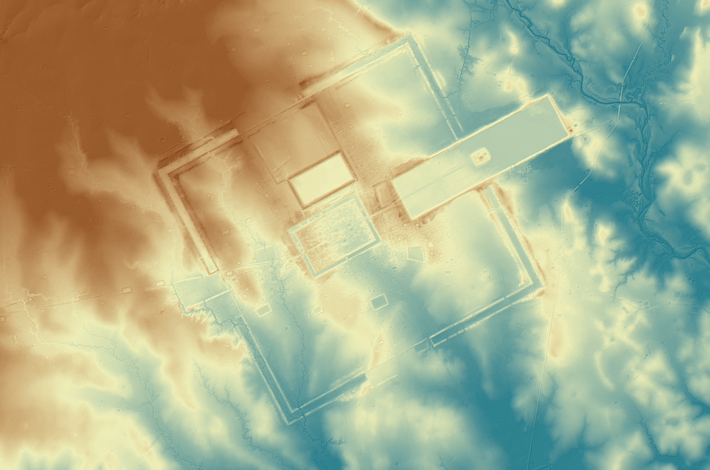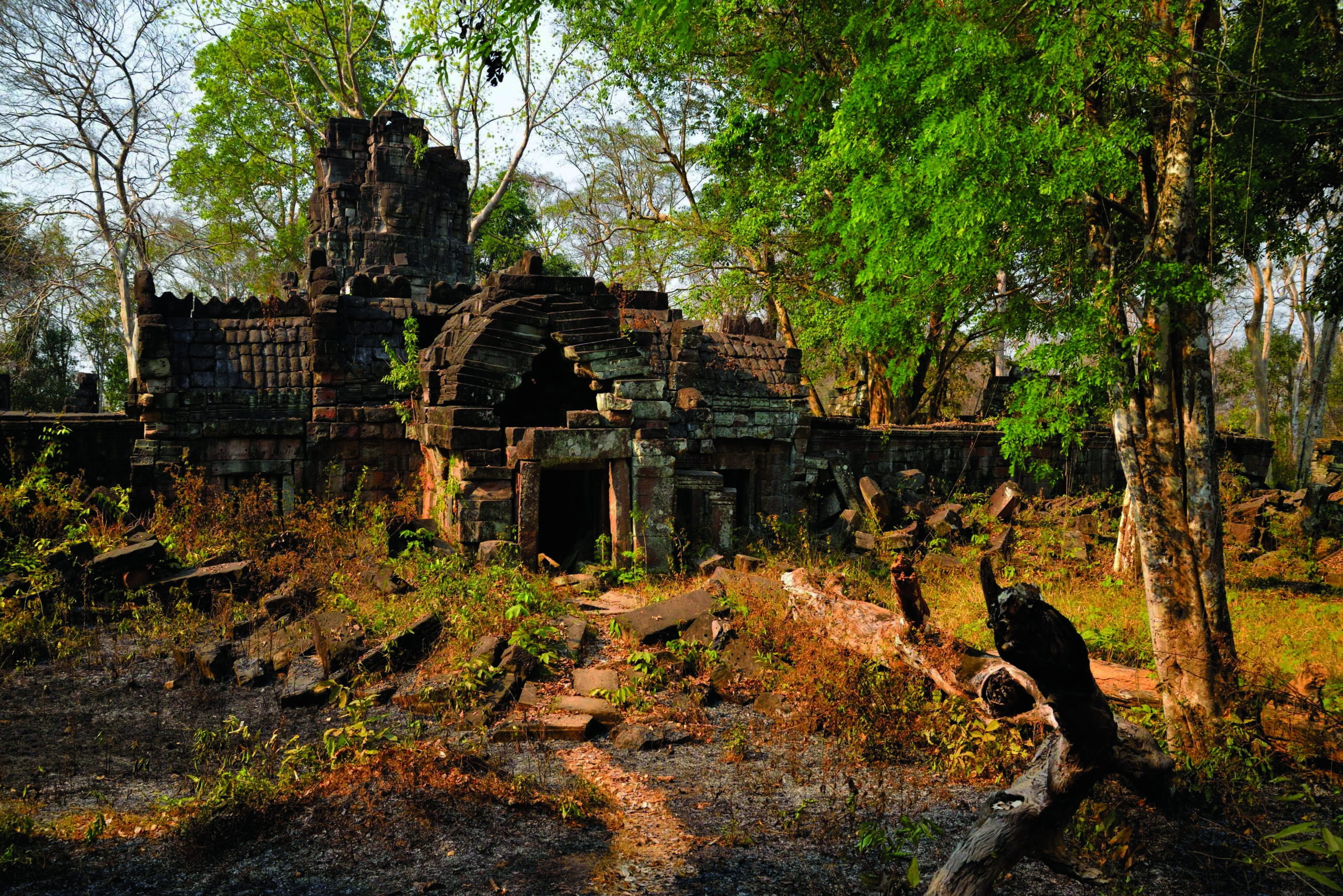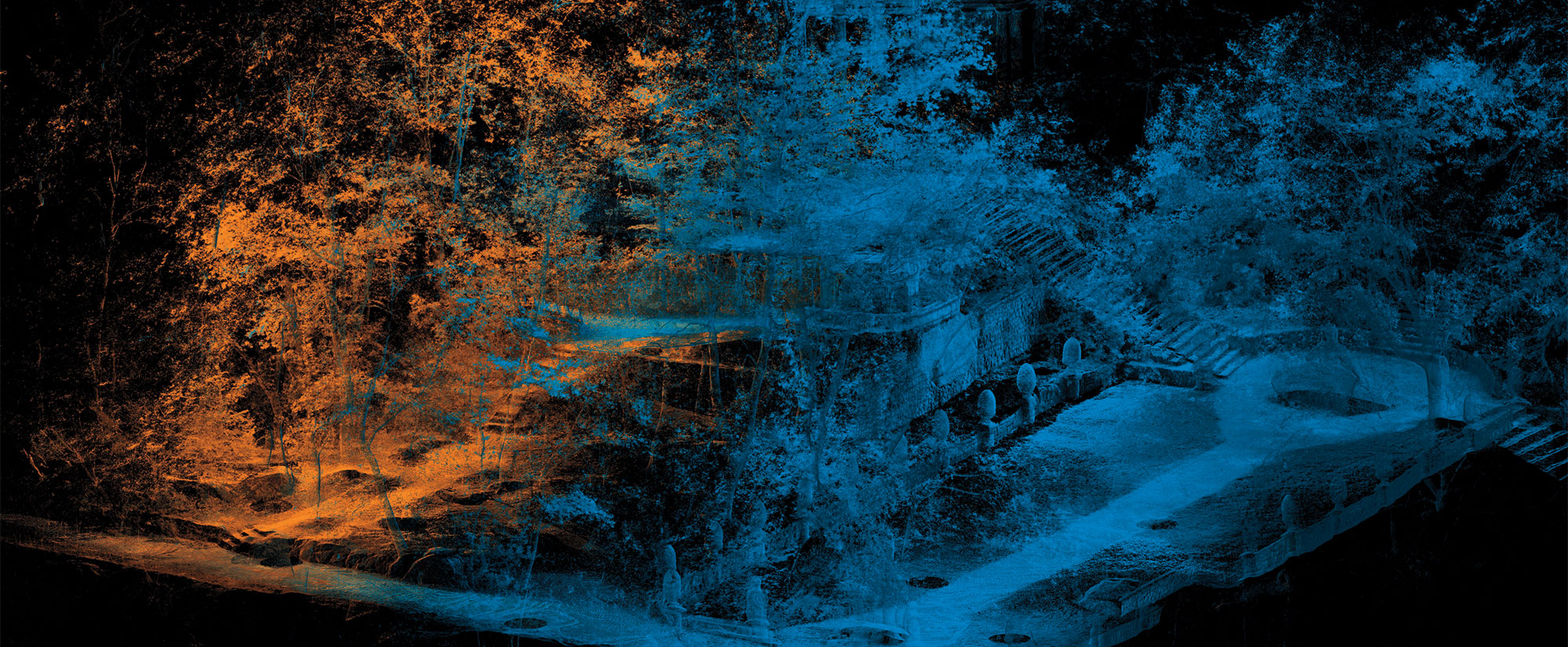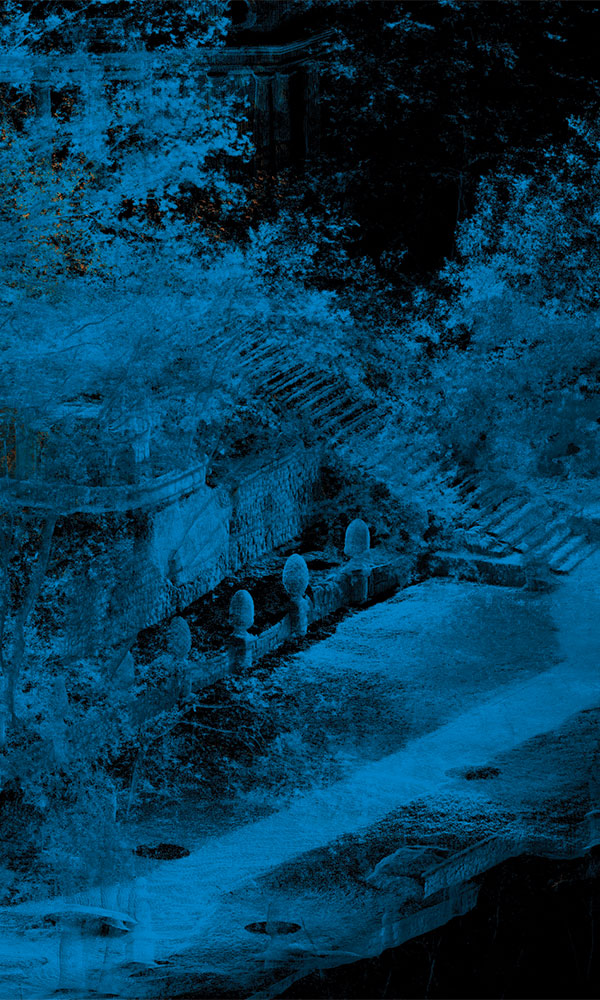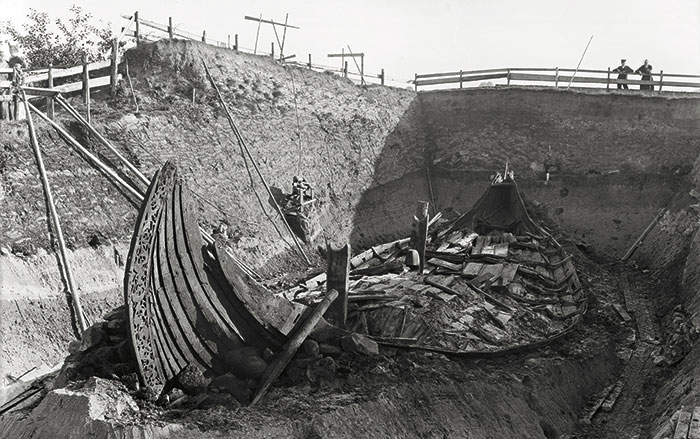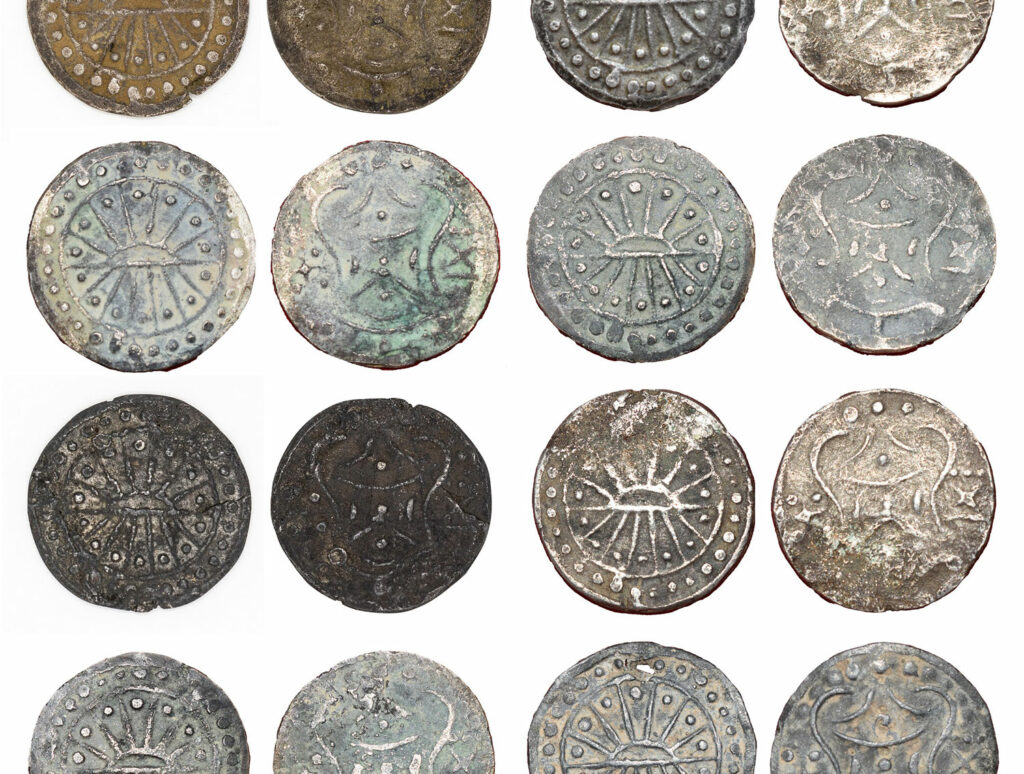
HALIN, MYANMAR—Ancient Chinese written documents record that by the second century a.d., a vast trade network had already been established connecting peoples and goods from the Mediterranean, the Near East, India, and Asia. This has been confirmed by archaeological excavations throughout Southeast Asia, which have uncovered various items such as Indian jewelry, Roman glass, and Persian pottery. According to a Science News Today report, however, a comprehensive new study has revealed that silver coinage may be the key to truly understanding just how interconnected these distant regions actually were. Found at many archaeological sites across this region, the coins feature a rising sun on one side and, on the other, a Srivatsa, an early symbol with deep roots in Indian religious traditions. Although these coins have been drastically overlooked by scholars in the past, a research team recently examined 245 examples from Cambodia, Vietnam, Thailand, and Myanmar, highlighting their importance as a linchpin in this ancient economic system. Two coins—one in Bangladesh and another in Vietnam—appeared to have been struck from the very same die, and perhaps even by the same mint master, in Halin, Myanmar, during the mid-first millennium a.d. “This offers compelling evidence of extensive long-distance circulation,” said National University of Singapore researcher Andrew Harris. “These coins are the voices of a past economy. They tell us about ambition, connectivity, and identity in a way that transcends borders and centuries.” Read the original scholarly article about this research in Antiquity. To read about the possible site of an ancient trade hub that once connected the Indian subcontinent with the Mediterranean and Southeast Asia, go to "Letter from Bangladesh: A Family's Passion."


